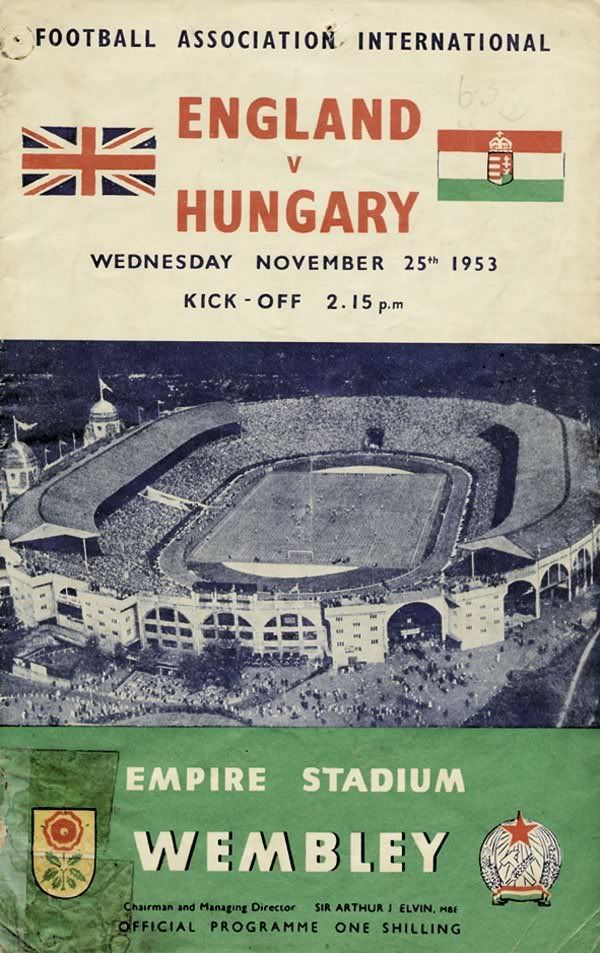
For many a year the English F.A have been accused of a stiff institution. Staid in outlook, patrician in nature. This was certainly the case in the 1980s when the top brass seemed more interested in decent places to lunch than reforming the game to match and surpass their continental equivalents. As a consequence, England—the creators of the game after all—fell away.
Given that England hosted the 1966 World Cup and defended it as holders in Mexico 1970, the national team did not qualify for a World Cup from 1962 to 1982 yet still managed to emphasise its importance on the world stage. That arrogance left them a laughing stock in some quarters.
However, things were much worse before 1953.
Back then England’s manager was Walter Winterbottom, a man with zero managerial experience and only 26 first team appearances as a player, yet to this day he is still England’s longest serving manager with an impressive career from 1946 to 1962. He eventually left to become the General Secretary of the Central Council of Physical Recreation—an ideal role given that, while serving in the RAF, he had overall responsibility for training PE instructors.
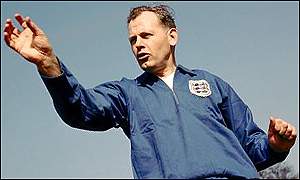
Winterbottom was an undoubted success in the role, losing only 28 times in 139 games. In all that time England had lost on home soil only once when Ireland won a friendly 2-0 at Goodison Park. They had never lost at Wembley.
That said Winterbottom could never take full credit despite his impressive win ratio as he did not have sole charge of team selection. Instead a committee was set up for that particular task and their choices were haphazard to say the least with unchanged sides a rarity. That remit did not change until Alf Ramsey took over in 1962.
Winterbottom’s role also included overseeing the direction of the game. Tactically this did not involve anything especially revolutionary. The W-M formation had been in vogue since Herbert Chapman’s success with it in his Arsenal days in the mid-1920s and most teams, England included, adopted it religiously. It was just something England did and as they started the whole shebang the rest of the world would have to lump it.
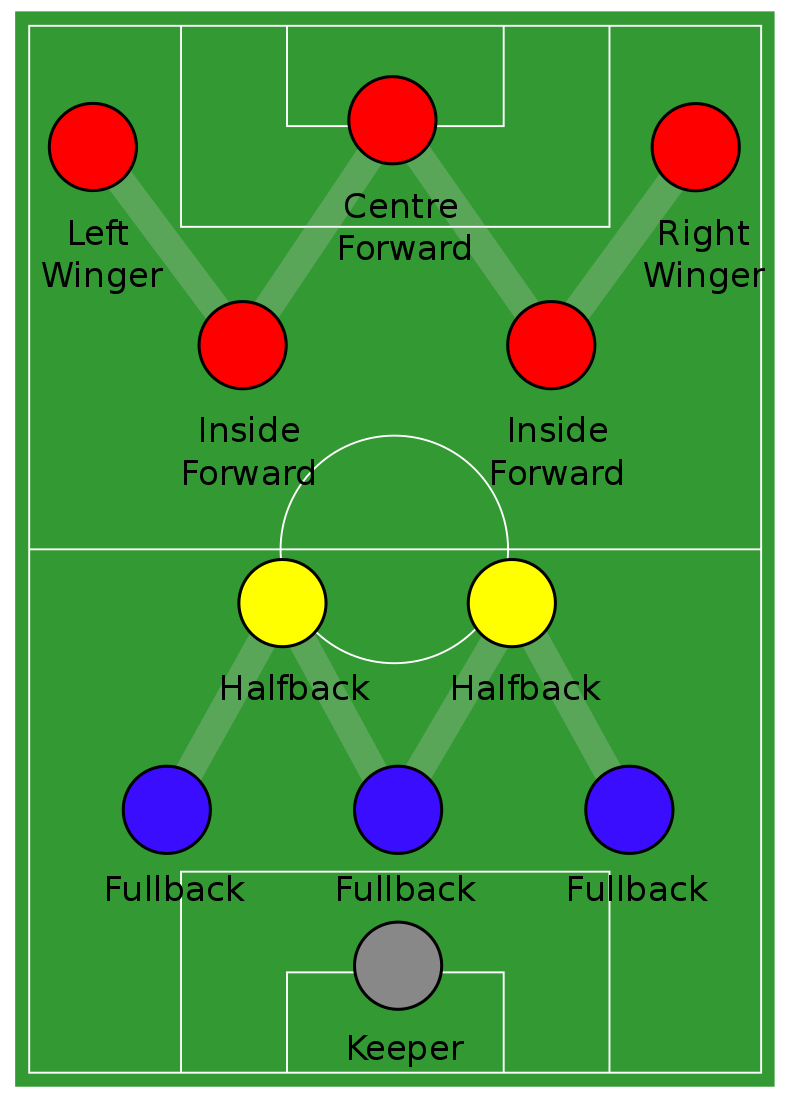
1953 saw England undergo qualification for the 1954 World Cup. Their group was based on geography and so they played a sort of Home Championship group against Scotland, Northern Ireland and Wales in a round robin tournament. By November the job was pretty much done following a 4-1 win in Cardiff against Wales and a 3-1 victory over Northern Ireland at Goodison Park. A tour of South America was also played with friendlies against Argentina, Chile and Uruguay. The final game of the year was to be a friendly played on 25th November 1953 in front of a crowd of 105,000 against Hungary—the Olympic champions.
“The Hungarians had on these strange, lightweight boots, cut away like slippers under the ankle bone. I turned to big Stan Mortensen and said: ‘We should be all right here, Stan, they haven’t got the proper kit.'” – Billy Wright
Football was never to be the same again.
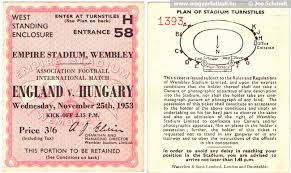
Although this was a relatively unimportant game, Winterbottom, or rather the selection committee chose a strong side with the iconic Billy Wright of Wolves skippering the side alongside Alf Ramsey of Spurs and the legendary Blackpool duo of Stan Mortenson and Stanley Matthews. The formation, of course, was the usual W-M.
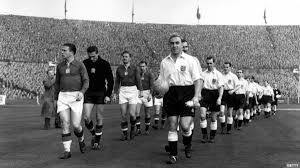
Hungary, under their coach Gusztav Sebes, pioneered the 4-2-4 formation—a novel tactic which allowed their creative players to roam freely around the midfield and draw out centre half Harry Johnston to pick up the deep Nandor Hidegkuti who had been expected to play alongside Ferenc Puskas.
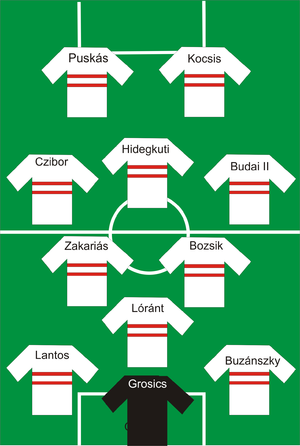
Winterbottom’s men were used to marking the numbers on their shirts as much as their individual zones. For example, Puskas and Sandor Kocsis wore the 10 and 8 shirts respectively and were thus considered to be inside forwards, slightly withdrawn from the forward line. They actually played as strikers and their movement confused England from the first minute. It took just 45 seconds for Hidegkuti to put the Magyars a goal up. It’s telling that on the commentary Kenneth Wolstenholme, he of the most famous utterance in English football history, describes the man who gave the ball to Hidegkuti as ‘there is the number 5, but he’s not the centre half’. Jozsef Bozsik of Honved was a defensive midfielder and England didn’t expect him to be so far up the pitch.
England equalised through a Jackie Sewell strike after a quarter of an hour, but the game was practically over as a contest ten minutes later. Firstly, Hidegkuti took advantage of a poor clearance from Birmingham goalkeeper Gil Merrick before Ferenc Puskas scored one of the most famous goals ever seen at Wembley.
Zoltan Czibor found himself free on the left and squared it to Puskas who was waiting at the near post. Billy Wright thundered across to block the inevitable shot but none was forthcoming. Instead Puskas nonchalantly pulled the ball across his body and hammered it high into the net. Even the home crowd applauded what became known as ‘the drag back goal’. Geoffrey Green of The Times described Wright’s challenge as ‘a fire engine heading for the wrong fire.’
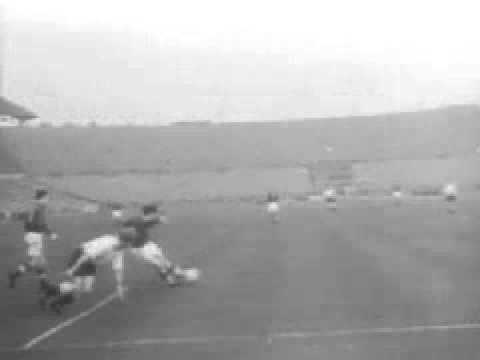
That level of technique was non-existent in the England team save maybe for Stanley Matthews. It was Denis Bergkamp forty years too soon.
Puskas scored again on 27 minutes through a lucky deflection before Stanley Mortenson rifled in to make the score 4-2 at half time.
A team talk of any kind would have been pretty much fruitless as England were simply miles behind. This was emphasised further when Kocsis scored the fifth and Hidegkuti completed his hat-trick with a sumptuous volley following a lofted ball from his captain, Puskas. Future England manager Alf Ramsey, then of Spurs netted a consolation just before the hour mark—a goal which completed the scoring.
England 3 Hungary 6
It changed everything. No longer could England stick to their rigid but outdated system. Bobby Robson said of the game:
“The game had a profound effect, not just on myself but on all of us. That one game alone changed our thinking. We thought we would demolish this team—England at Wembley, we are the masters, they are the pupils. It was absolutely the other way.”
Billy Wright added:
“We completely underestimated the advances that Hungary had made”
The game fascinated the more progressive managers and several adopted the Hungarian model. Matt Busby took it on as did Don Revie, Ron Greenwood and Bill Nicholson. Overnight new formations and roles seemed possible. Alf Ramsey won the next World Cup with his ‘wingless wonders’
The English F.A, however, saw that result as a one-off and retained the W-M formation for the follow-up game in Hungary the following May. The result? Hungary 7 England 1—still England’s heaviest defeat.
At that point, things simply had to change.
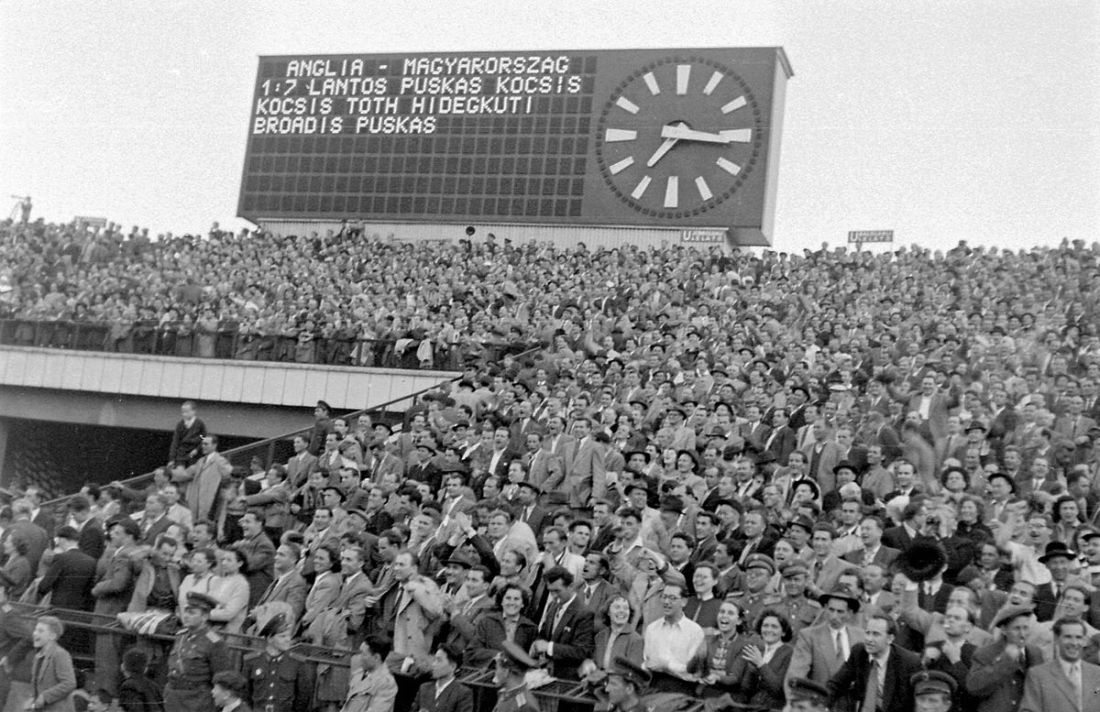
@somegreengrass